As a child did you dream about working in the animation industry?
I read a lot of comic books and manga, and I was interested in drawing and art, but the dots [for animation] connected much later. When I was young I wanted to do comic books, but there was no school for that in South Korea. There was little knowledge. It was pretty much an underground culture, and I didn’t know how to be a comic book artist. So I thought, maybe I can start by designing cartoon characters, and that’s how I found CalArts. Once I started going there, I was exposed to filmmaking and animation.
How did your time at CalArts shape your career as an animator?
Fortunately, in my second year I had an internship. I landed what I’d dreamed of. I always thought I wanted to do character design. Then I tasted a bit and didn’t like it that much. It was a good experience to know that’s not my thing. I learned I was really crazy about making shorts. At CalArts every year you have to produce shorts. This involved more storyboarding and directing, and I loved it. The storyboard stage, animation, making the sound and music—everything!
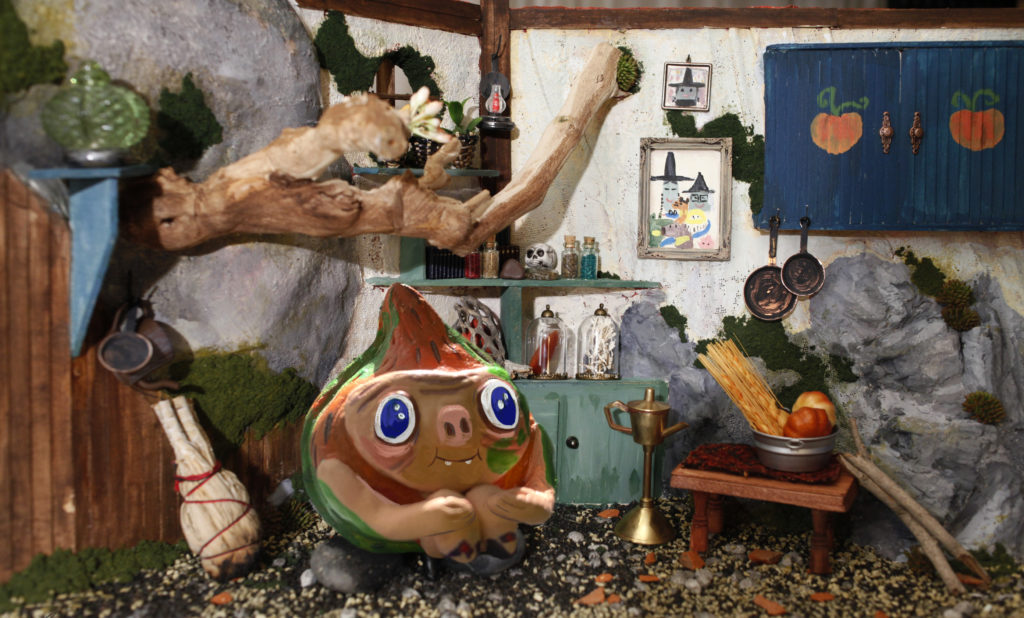
One of the characters you voice, Lady Rainicorn, speaks Korean. How does it feel to voice a children’s cartoon character on American TV who only speaks Korean?
I’m so proud of it. Not just because people watch my work. It’s the impact. Many Korean Americans wrote me. It was the first time they heard a Korean-speaking character on a major TV show. That means a lot to them. They are proud of being Korean, and those fan letters make me happy. I also think it’s interesting because there’s a stereotype for the second generation, their parents want them to be successful doctors and lawyers. They’ve never seen someone from their generation doing something creative, like being a comedian or voice actor. They have to see these people exist. It’s important.
Are there any ways in which your South Korean heritage influences your approach to your work?
It’s a funny thing, people who leave home, I think some don’t like the environment they grew up in, or they dreamed of something different. That’s why I came to America, and I kind of adapted. But now that I’ve been in the industry almost ten years, I’ve started looking back at the culture I left. People get older, and they’re attracted to their roots. I’m doing research now, and there’s something I grew up with, it’s not well-known, and I find it very interesting.
Is this “something” going to find its way into future projects?
I hope so, but it’s at a very early stage.
Can you give us a hint as to what it’s about?
It’s about humanity and nature, mixed with Korean culture. Different cultures can look strange and different on the outside, but I believe, deep down, they are all connected—I hope people from other cultures will be able to relate to my story.
So what’s next for you that you can talk about, and how does it fit into the trajectory of your career?
Along with developing my own project for Cartoon Network, I’m working on Summer Camp Island as a director. I love storyboarding, but it’s a little piece of a big picture. The director I call the master chef. You have these fresh ingredients from all these different talents, and you mix them together to make a final product. This is what good directors too. They recognize the talent and mix it with the right ratio. It’s very rewarding.
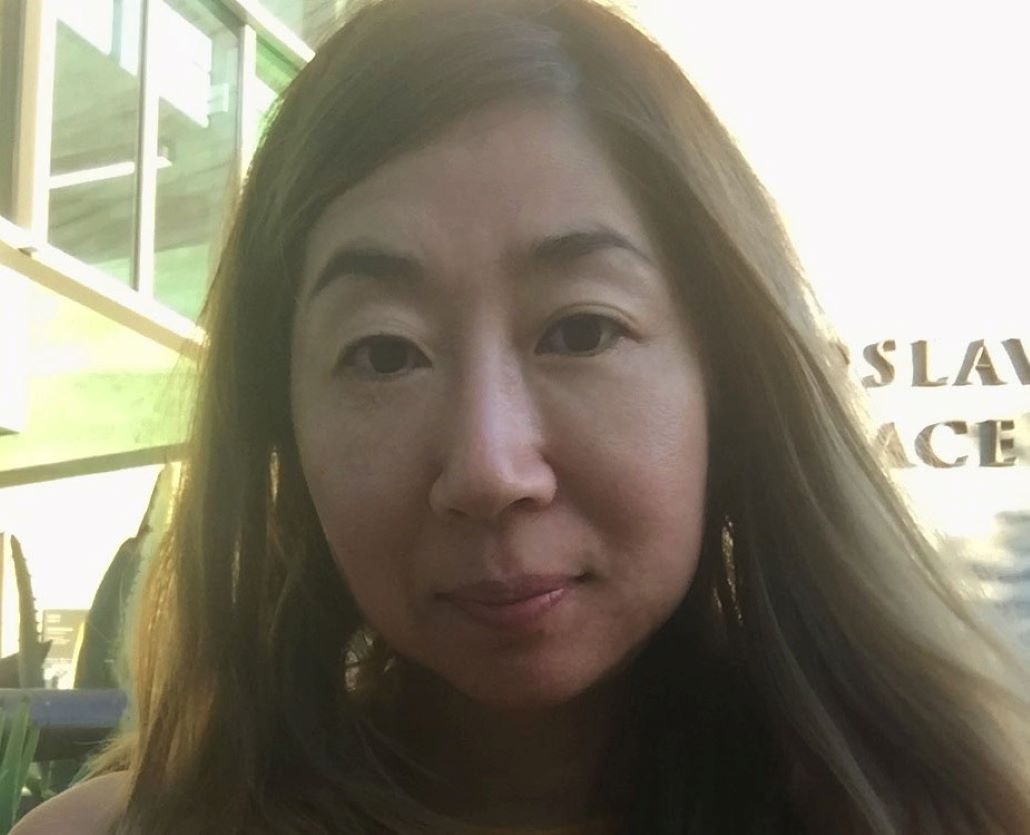
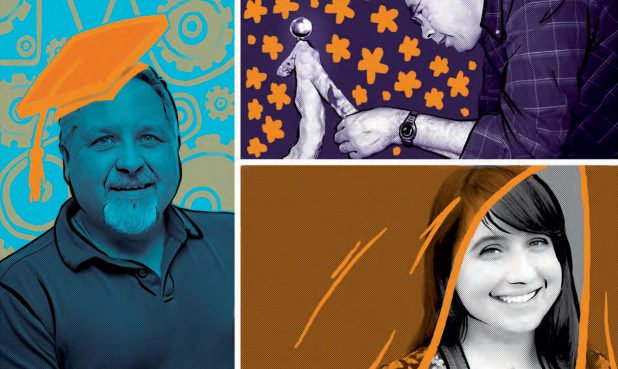
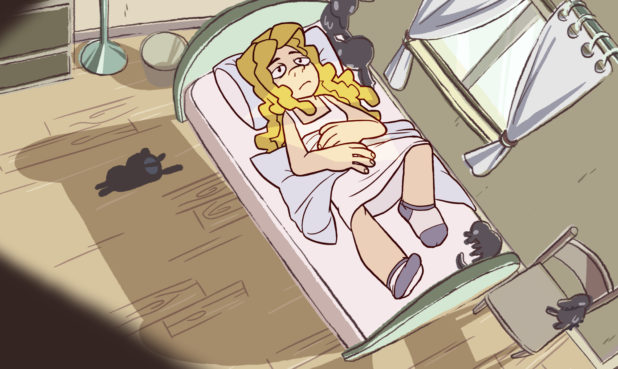
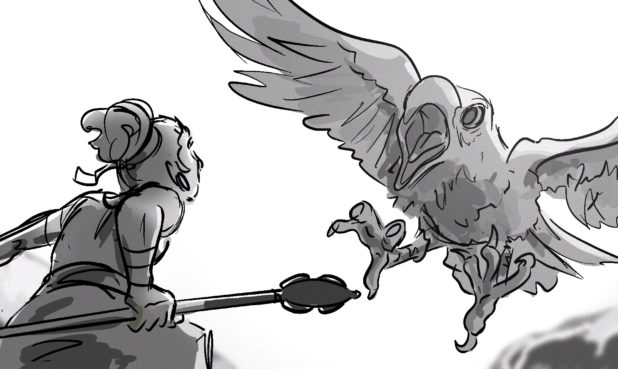
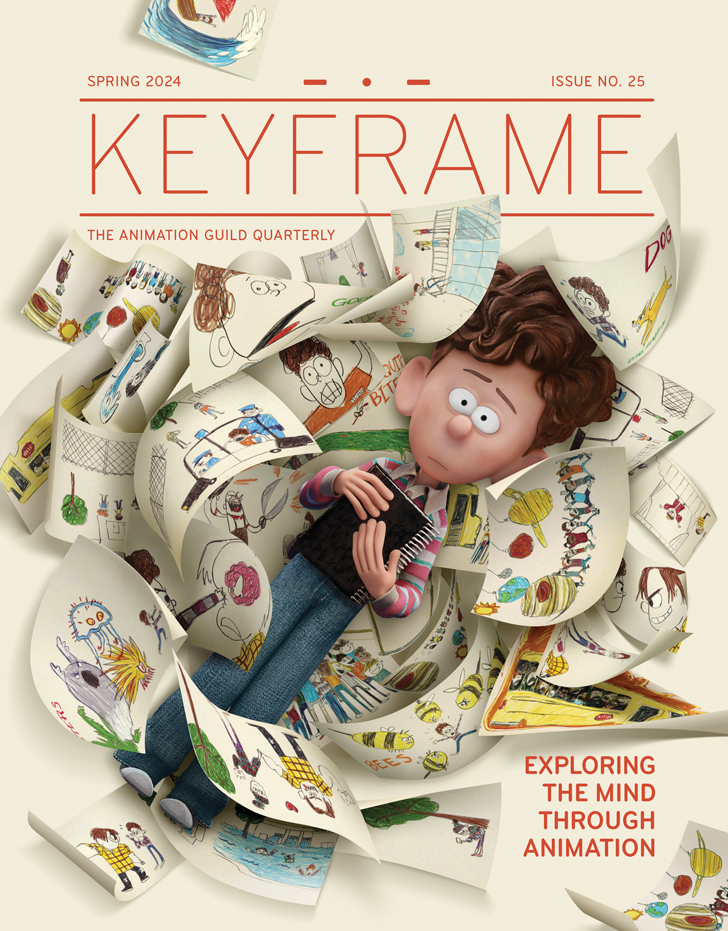
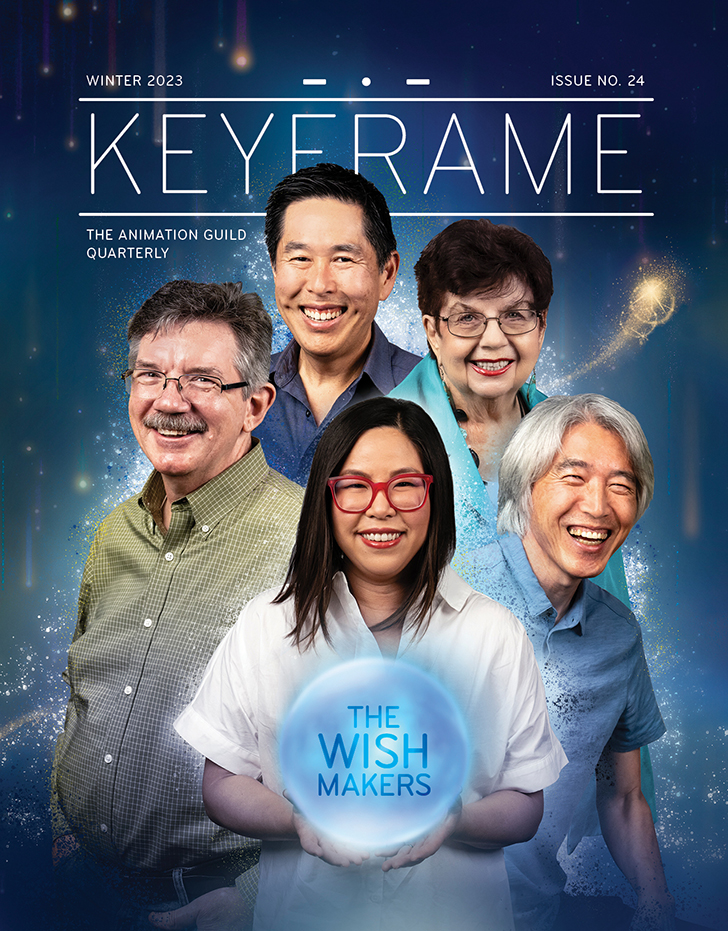
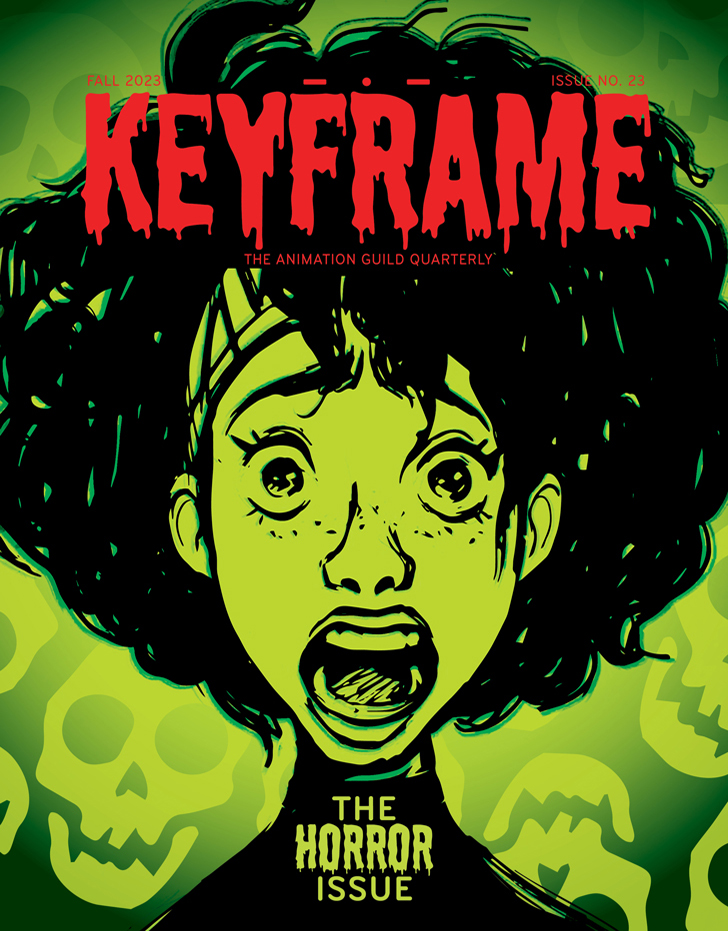
.png)